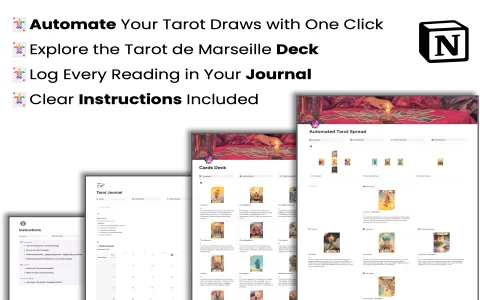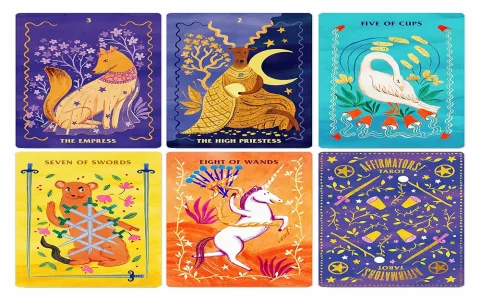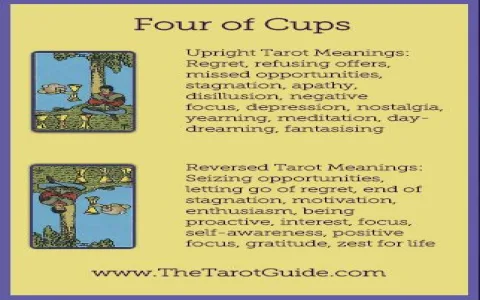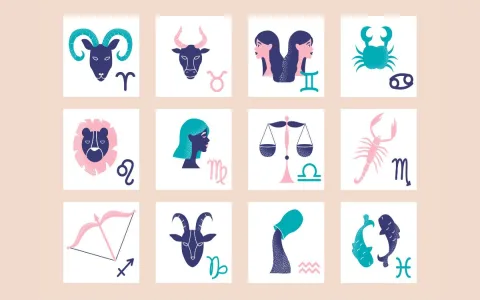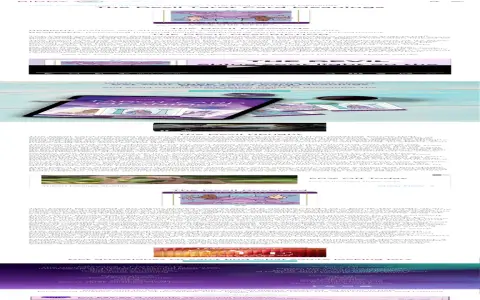How I Got Dragged Into the Real Kabbalah and Tarot History
Man, you wouldn’t believe the rabbit hole I fell down just trying to figure out if my buddy was about to lose his shirt. Seriously, I didn’t wake up one morning thinking, “Hey, I need to know the origin story of Kabbalah and playing cards.” But life happens, right?
It all started when my friend, let’s call him Mike, got hooked on this so-called “spiritual investment advisor.” This guru was pitching some crypto scheme, justifying the insane risk by running the numbers through ancient Kabbalistic gematria and then pulling a ‘confirmation reading’ from some fancy, custom-made Tarot deck. Mike was about to liquidate his retirement fund based on a High Priestess card. I had to intervene. I had maybe three weeks to absolutely rip apart the foundation of this guy’s entire belief system, not because I hate mysticism, but because I hate scams disguised as wisdom.
The Initial Scramble: Bypassing the Wikipedia Noise
My first move was obvious: I hit the search engines. But damn, what a mess. Every article either claimed Tarot came from ancient Egypt (total BS, I quickly learned) or that Kabbalah was secretly encoded in the cards from Day One. It was all New Age fluff, recycled myths, and zero concrete evidence. I needed to move past the pop culture interpretations.
I realized I couldn’t trust anything online that wasn’t a digitized primary source or a serious, peer-reviewed historical text. So, I dumped the easy search results and went straight to the dusty corners of the internet archives. I wasn’t looking for ‘spirituality’; I was looking for dates, locations, and printing records. I was tracking history like a detective chasing a paper trail.
Here’s the breakdown of what I had to muscle through:
- For Kabbalah: I dove headfirst into the Sefer Yetzirah and early medieval Jewish mystic texts. I wasn’t trying to understand the theology; I was trying to map when the complex tree of life (Sefirot) was formalized. This stuff is dense. I had to brute-force translate key passages just to ensure I wasn’t relying on someone else’s interpretation of a translation.
- For Tarot: I tracked down records of Italian Renaissance court life. When did people start playing card games with trumps (Triumphs)? It turns out, early 15th-century Italy. They were expensive, hand-painted playing cards for the rich. No deep mysticism. I was hunting down museum catalogs showing the earliest known decks (like the Visconti-Sforza).
The Realization: Where the Glue Happened
The deeper I dug into the timelines, the clearer the picture became. They were two totally separate things, born centuries apart, in different cultures, for completely different reasons.
Kabbalah had its roots solidified in medieval Spain and Provence. It’s an ancient, complex Jewish mystical tradition focused on understanding God and creation. It was deep, serious, and locked down by those who practiced it.
Tarot was a recreational Italian card game. That’s it. A fun, expensive pastime. Think poker, but with fancy artwork.
So, where did the connection come from? This is where things got interesting. I narrowed the timeline down to the 19th century. I had to wade through the bizarre lives of French occultists, specifically guys like Éliphas Lévi. This guy, Lévi, he’s the one who basically looked at the 22 Trump cards of the Tarot and decided, “Hey, this matches the 22 letters of the Hebrew alphabet and the 22 paths on the Tree of Life!”
He forced the connection, writing books that cemented the idea that Tarot was an “ancient Egyptian secret text” that held the keys to Kabbalistic wisdom. It was fiction, but it was compelling fiction, and it stuck. Every subsequent occult system—from the Hermetic Order of the Golden Dawn onwards—just copied his homework without checking the sources.
The Takedown and the Lesson Learned
I went back to Mike with all this historical muck I had scraped together. I didn’t argue about whether Kabbalah was powerful or whether the cards were fun; I just showed him the dates. I showed him that the “secret ancient link” his guru was basing a retirement fund bet on was literally invented by a guy in Paris in the 1850s who was looking for a cool, marketable angle for his spiritual teachings. It wasn’t ancient wisdom; it was a 19th-century branding exercise.
The numbers were pulled out of thin air, and the cards were repurposed. When Mike saw the Visconti deck, which looks nothing like modern Tarot, and realized the Sefirot and the Trumps didn’t even officially link up until after the invention of the steam engine, the whole scheme instantly collapsed for him.
That whole episode burned maybe 100 hours of my life, tracking down obscure historical figures and trying to make sense of esoteric maps. But it saved Mike thousands and taught me a vital lesson: if anyone pitches you an ‘ancient mystery,’ you have to dig past the marketing. Nine times out of ten, the real origin story is messier, more recent, and far less magical than the story they want you to buy into.

